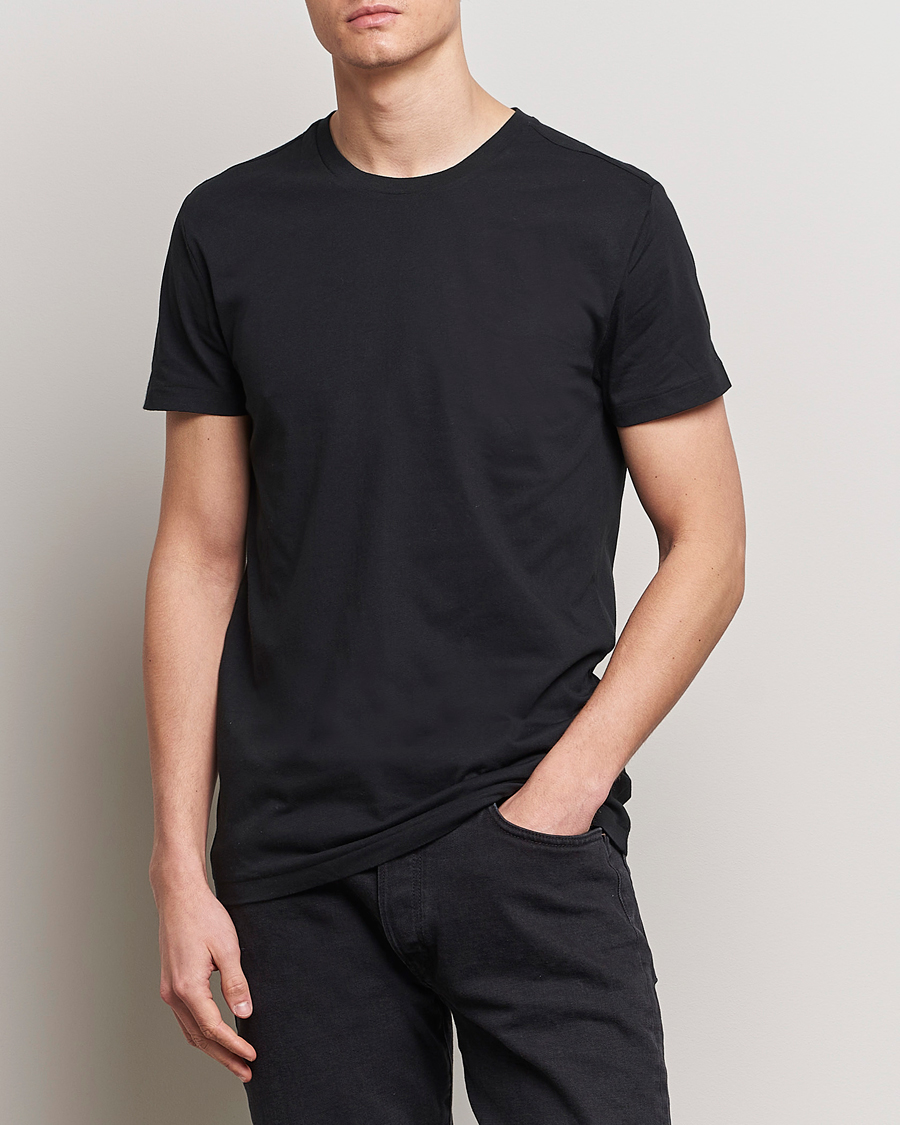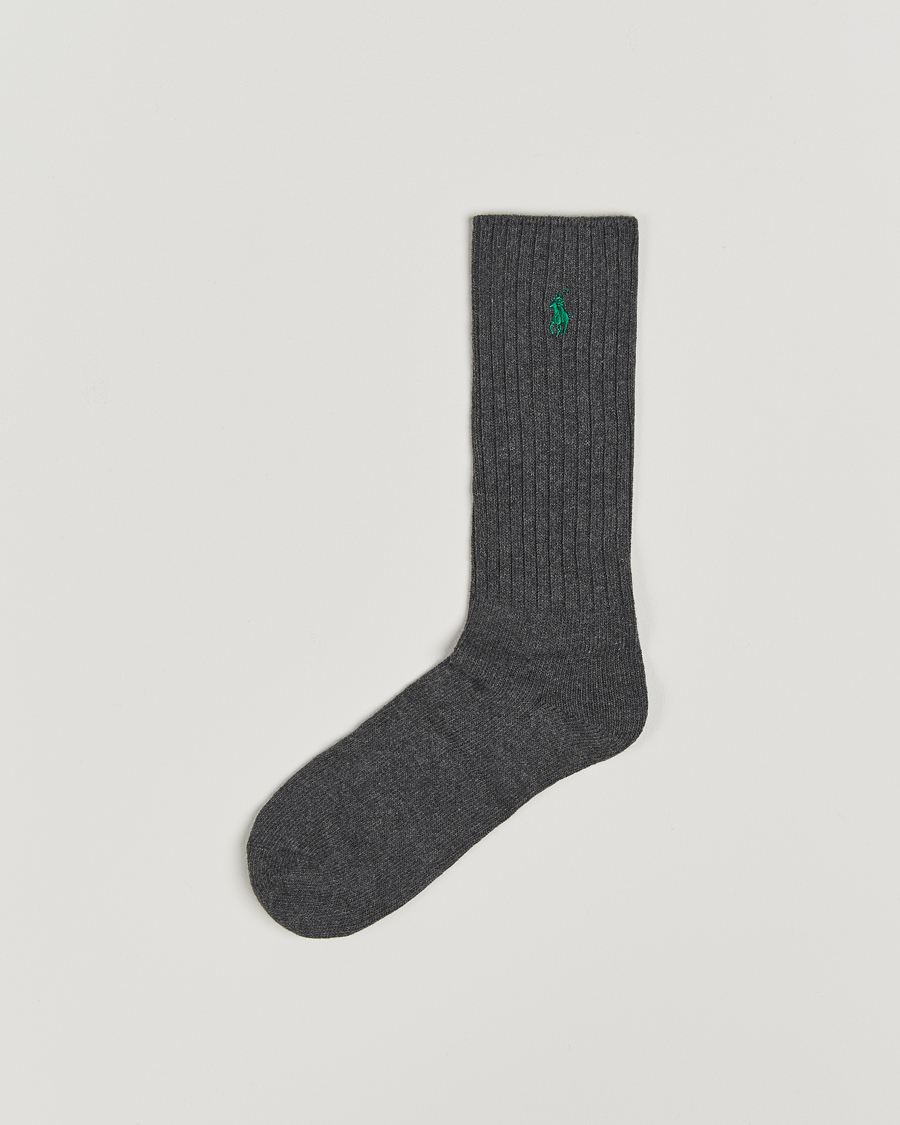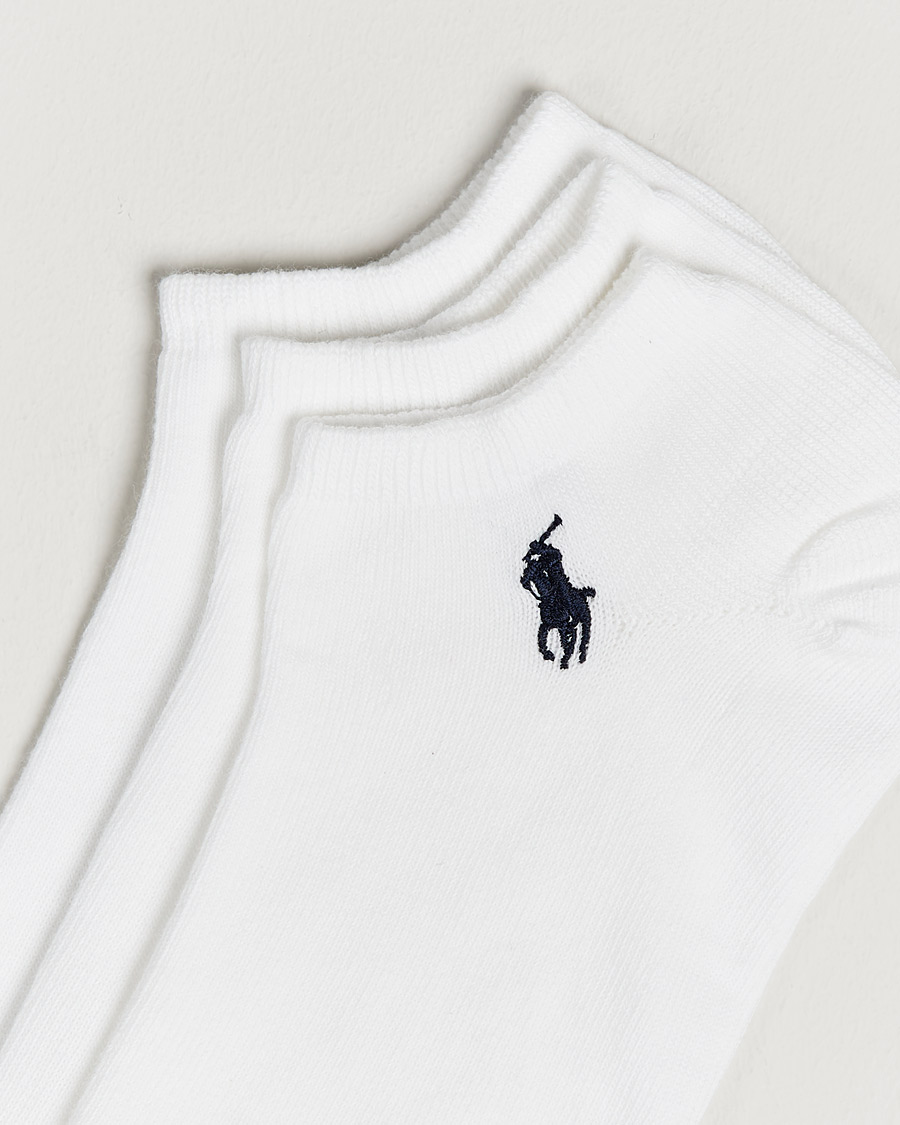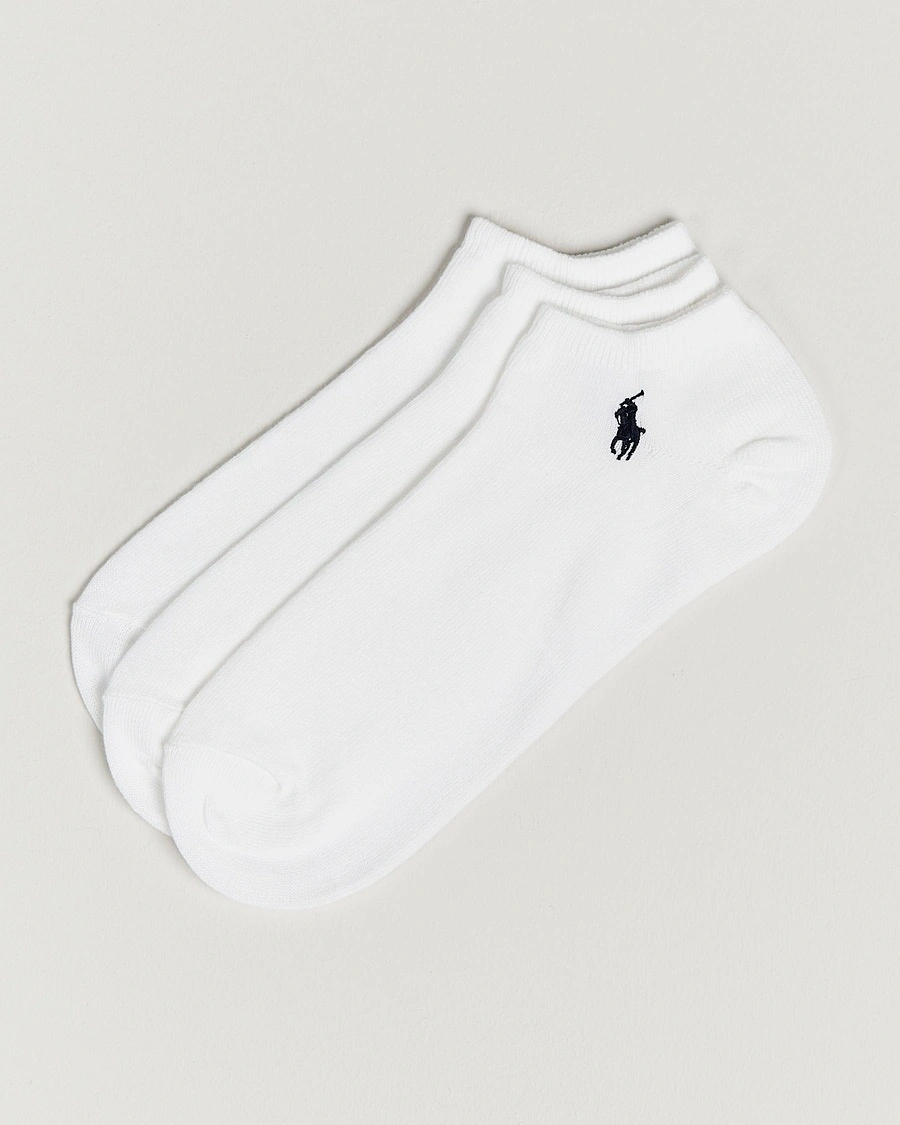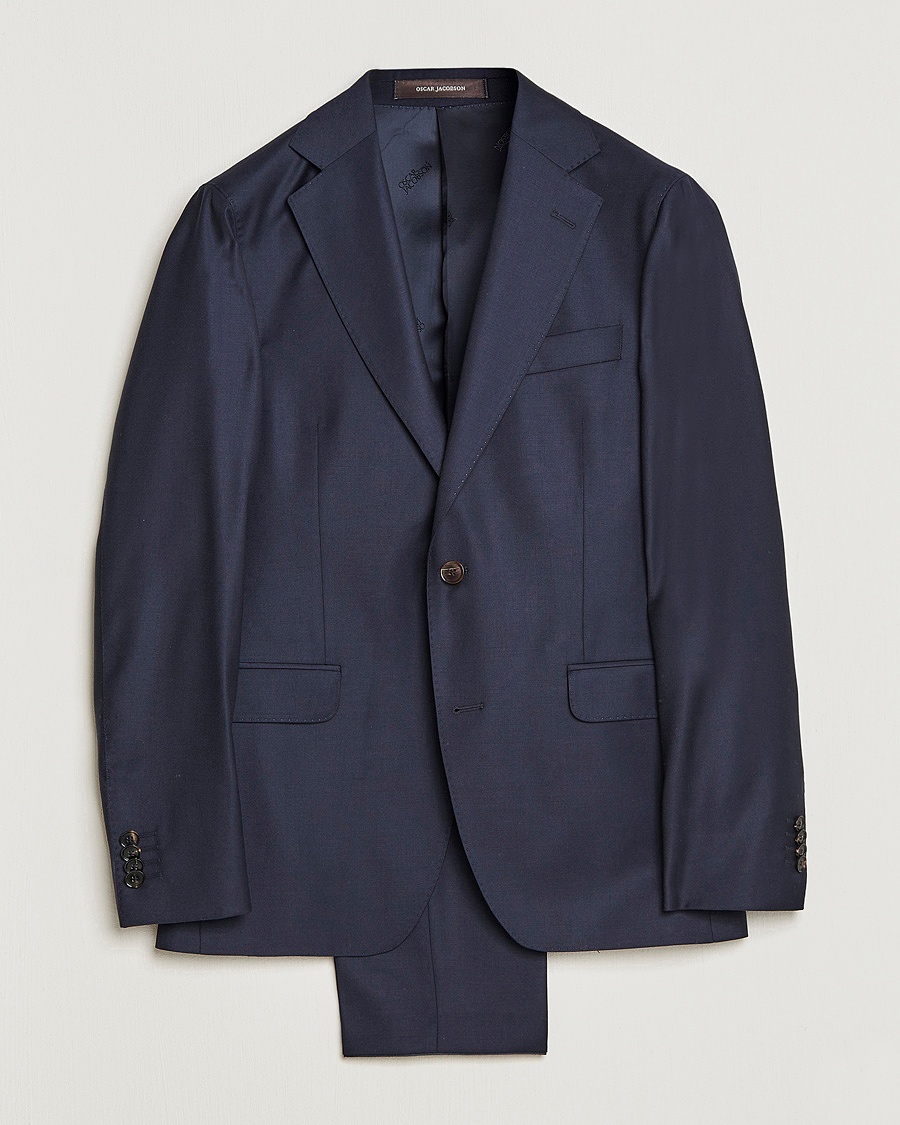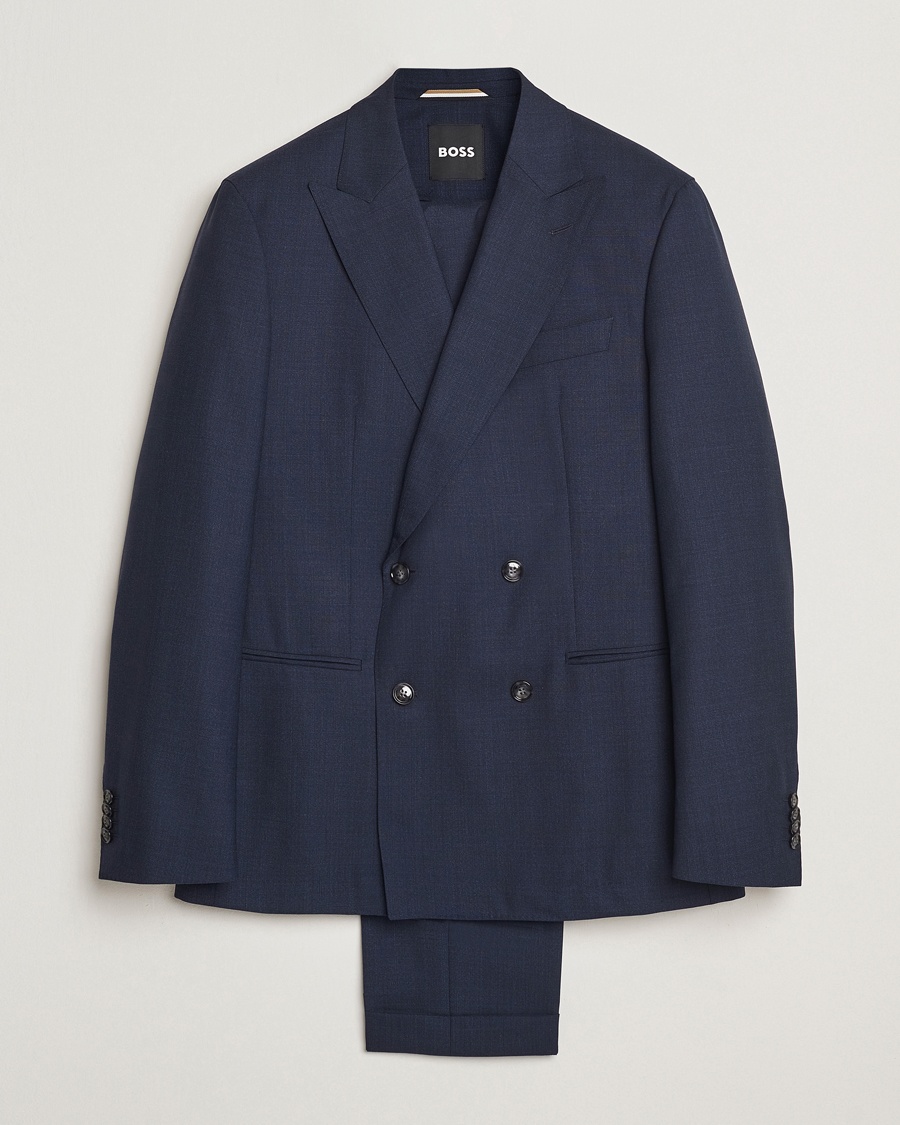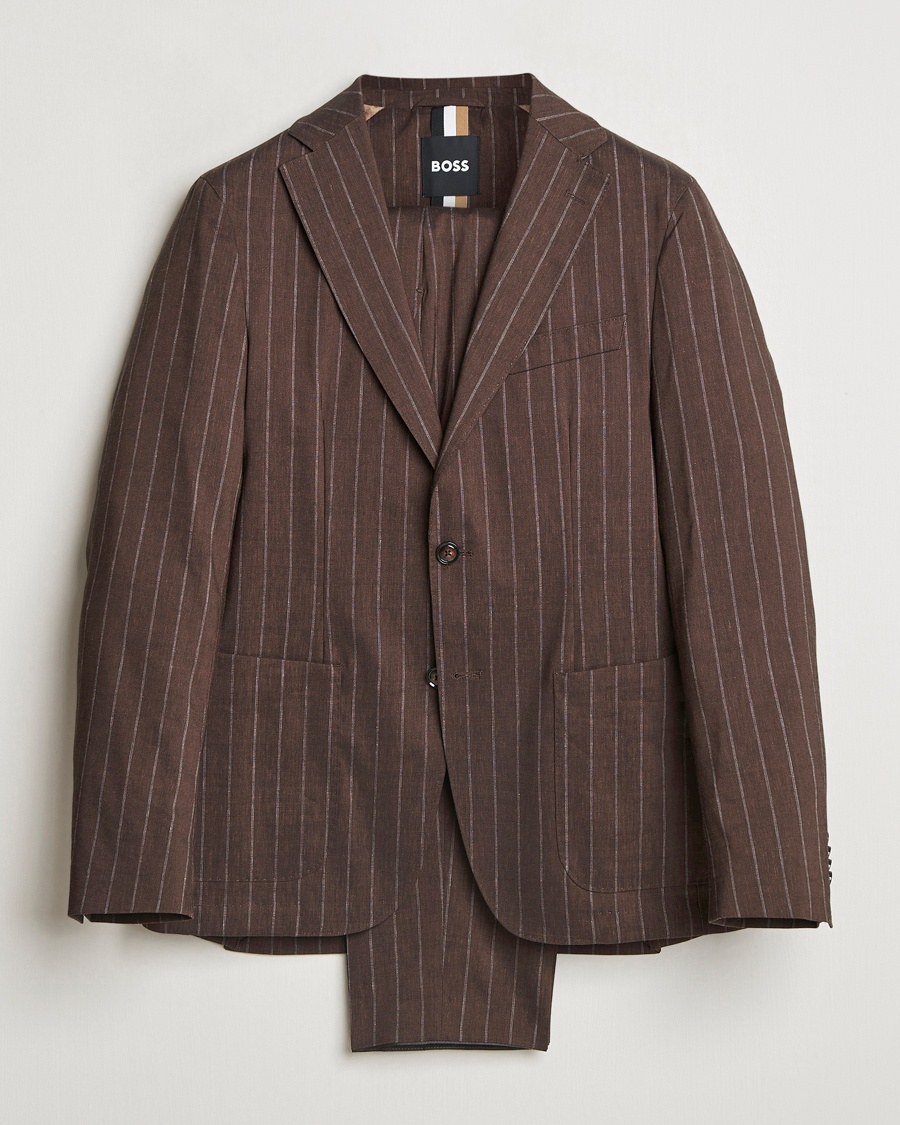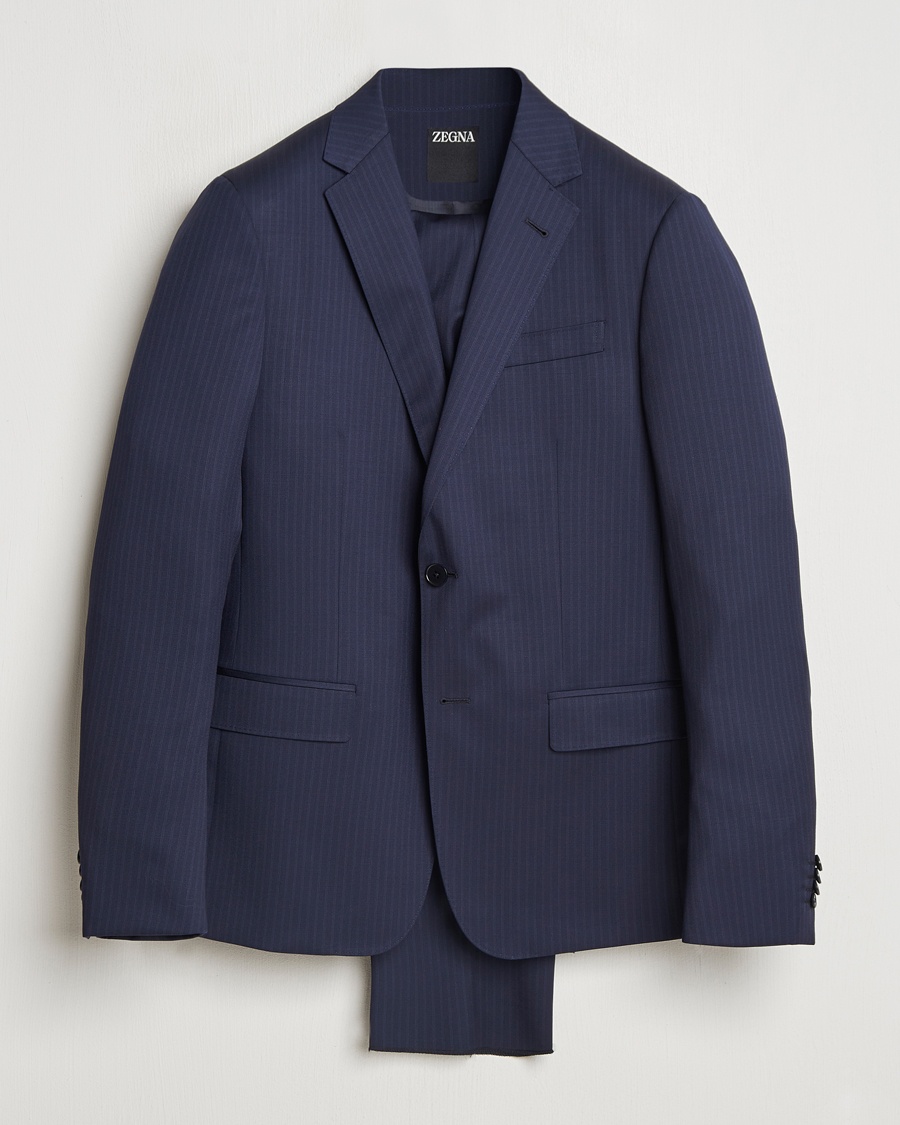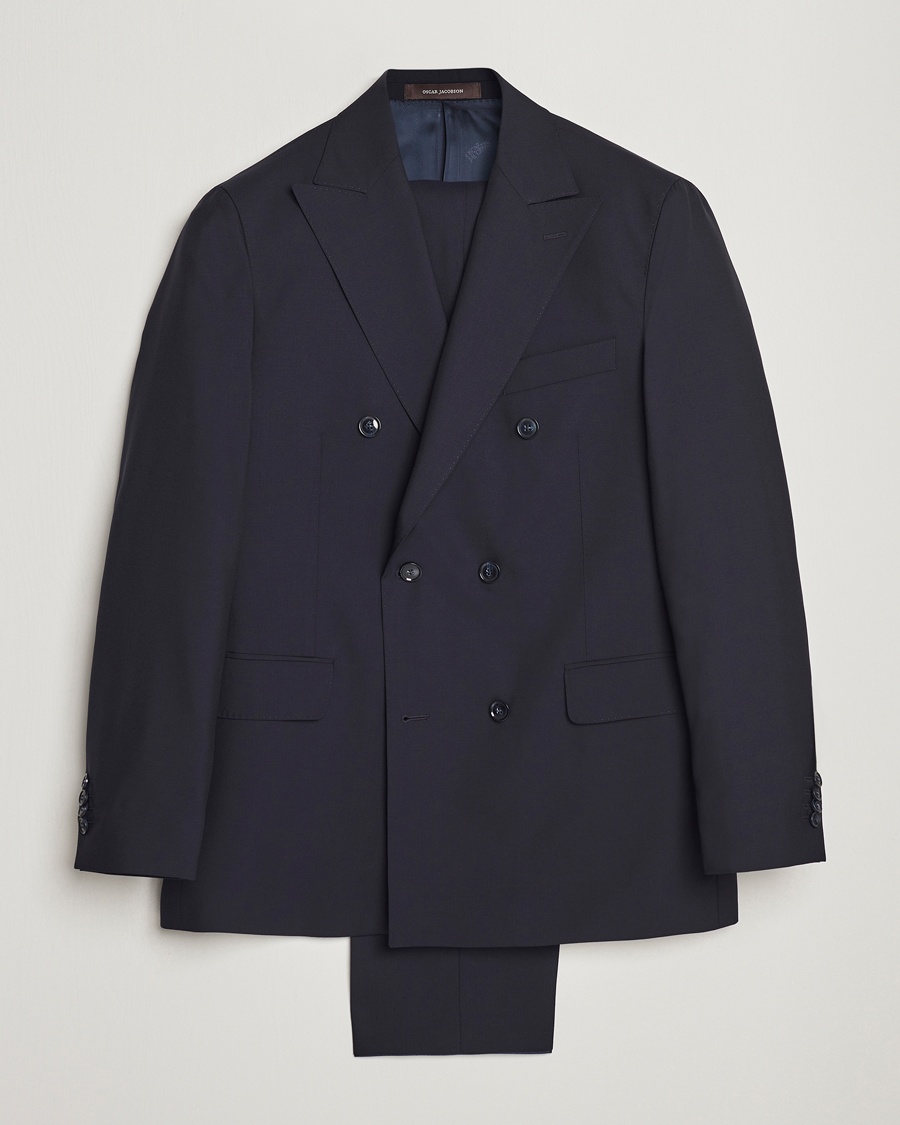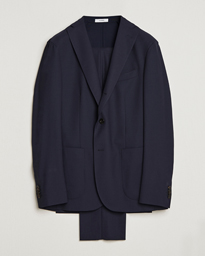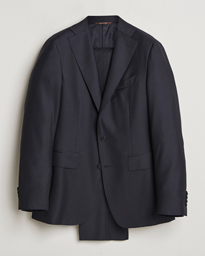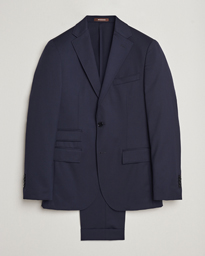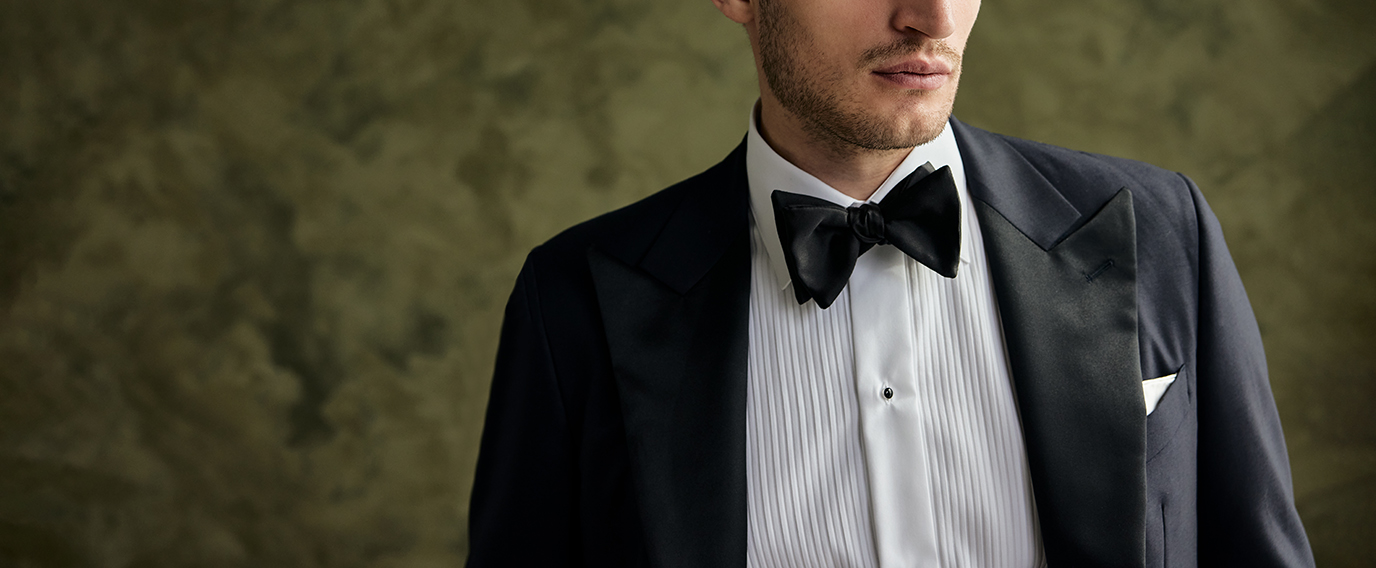
How the suit should fit

Text: Mikael Vallin
Photo: Gustaf peterson

How should a suit fit?
To summarise how a suit should fit, it is often said that:- The shoulder seam should end at the shoulder blade.
- The jacket should be fitted, so that it does not crease.
- The jacket should fit smoothly across the chest and not lift.
- The sleeves should end at your wrist, so that the shirt can protrude about one centimetre.
- The jacket should be able to be buttoned without tightening or hanging loose.
- The trousers should remain in place without a belt or braces.
- The leg length of the suit trousers should rest just above the shoe's upper leather and not show too much of your ankles nor completely hide them.
A common misconception is that you can fit several layers of clothing under your blazer. However, a blazer should fit close to your body and follow the natural lines of your figure, without being too tight or leaving a lot of loose, excess fabric at the back or waist. If you want to wear a thin knitted jumper under the blazer, this will still be fine if the blazer fits properly.


Below we go through a series of points that are good to keep in mind when buying a suit. Many of them are easy to alter after purchase, while others should be good from the start.
1. Shoulder width
The most important detailing on the blazer is the width between the garment's two shoulder seams. These should approximately be at the point where the roundness of the shoulder transitions into the vertical line of the sleeve. On softer structured blazers, the seam may sit a little further up, while on a stiffer, more built up structure, the seam may sit a little further out on the shoulder. This measurement should be correct at the time of purchase. It can be altered by a good tailor, but is a relatively expensive change.2. The “neck shelf”
Not infrequently, small folds form on the back just below the collar of the blazer, when you try on a new jacket. This is due to the individual posture of the wearer, and that the cut of the blazer is adapted to suit as many different wearers' body shapes and degrees of forward leaning as possible. Your tailor can easily and cheaply remove these “folds”.3. Fit across the chest
The lapels of the blazer should lie flat against the chest when worn. If they "lift" in a small arc, the jacket is too small in the chest region and you should go up a size.4. The sleeves
The most important visual detailing on a blazer is the correct sleeve length. Sleeves that are too long make the whole garment look too big on the wearer, regardless of how well the blazer fits otherwise. Adjust the sleeve length so that at least one centimetre of the shirt cuffs stick out. If necessary, the sleeve length can be easily altered by a tailor. When trying on your blazer, you should stand relaxed with your arms loose, by the side of your body. Do not stretch your arms out to see if the blazer has a tight-fitting back.5. The width of the blazer by the buttons
The blazer should be able to be buttoned easily when you stand up, without the fabric tightening. However, it is completely unimportant whether the blazer in the unbuttoned position is wide enough for you to sit down, as you must always, without exception, unbutton your blazer when sitting down.6. Waist width of the trousers
The suit trousers should have a waist width that allows them to stay without you having to wear a belt to compensate. Otherwise, they are too wide at the waist. Waist width is one of the easiest and cheapest things to alter at a tailor.
7. The length and leg width of the trousers
One of the things that can be adjusted easily by a good tailor is the length and leg width of the trousers. It is worth noting that if you need to shorten the trousers by more than 5cm, the leg width usually needs to be taken into account to maintain the balance of the trouser fit. It is also easy to add extra length to the leg opening if there is enough fabric for this.
"A good starting point is a trouser length where the leg opening rests just above the upper leather of the shoe when you stand up."
The trouser legs should be wide enough so that the press pleats are not removed. The length of the trouser legs is a matter of taste and one of the easiest things to adjust to the right length at a tailor.





